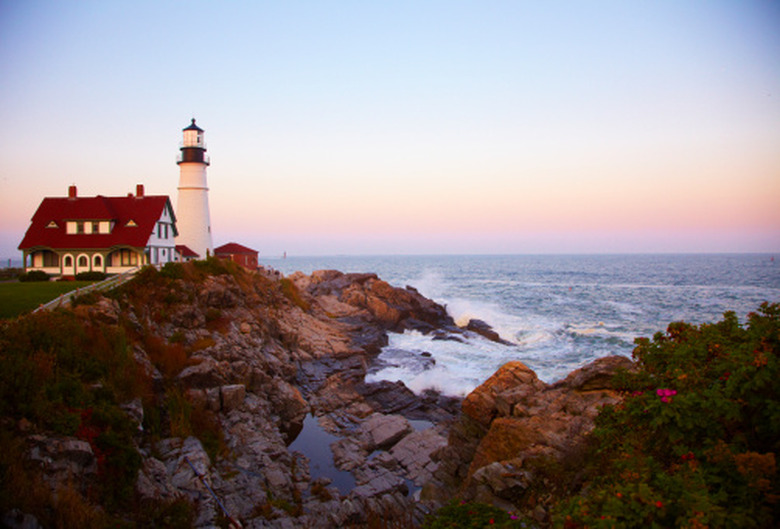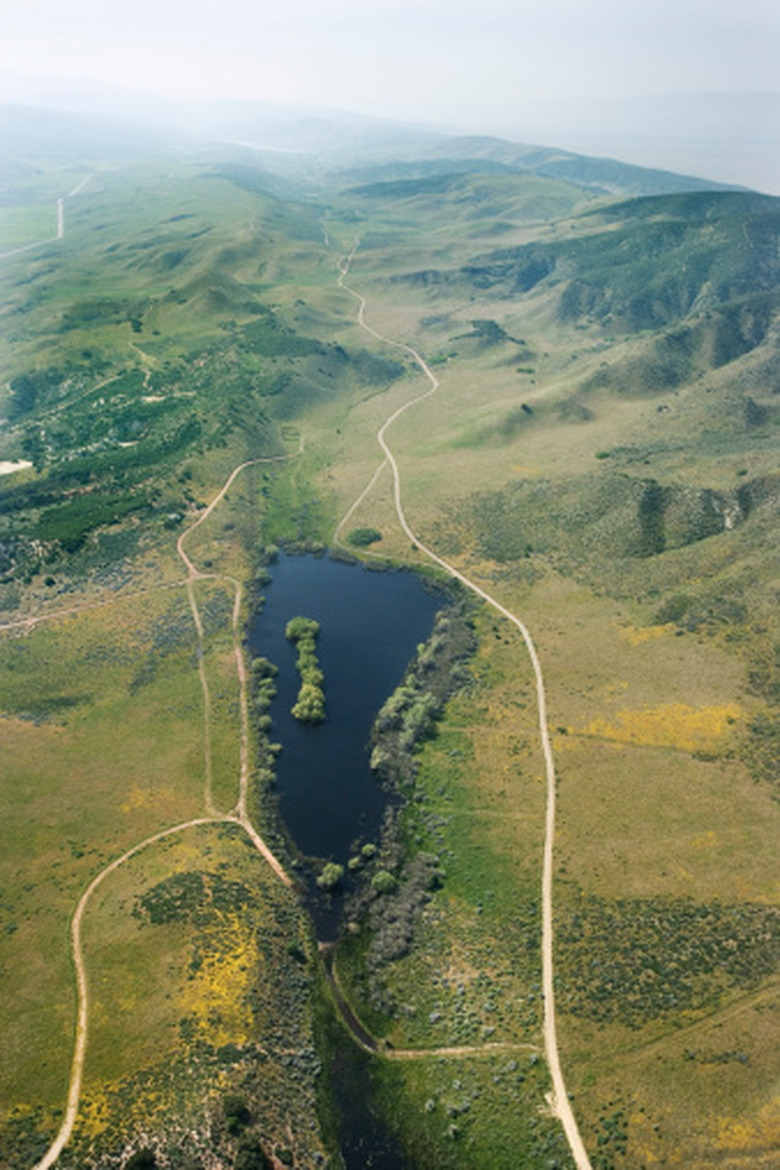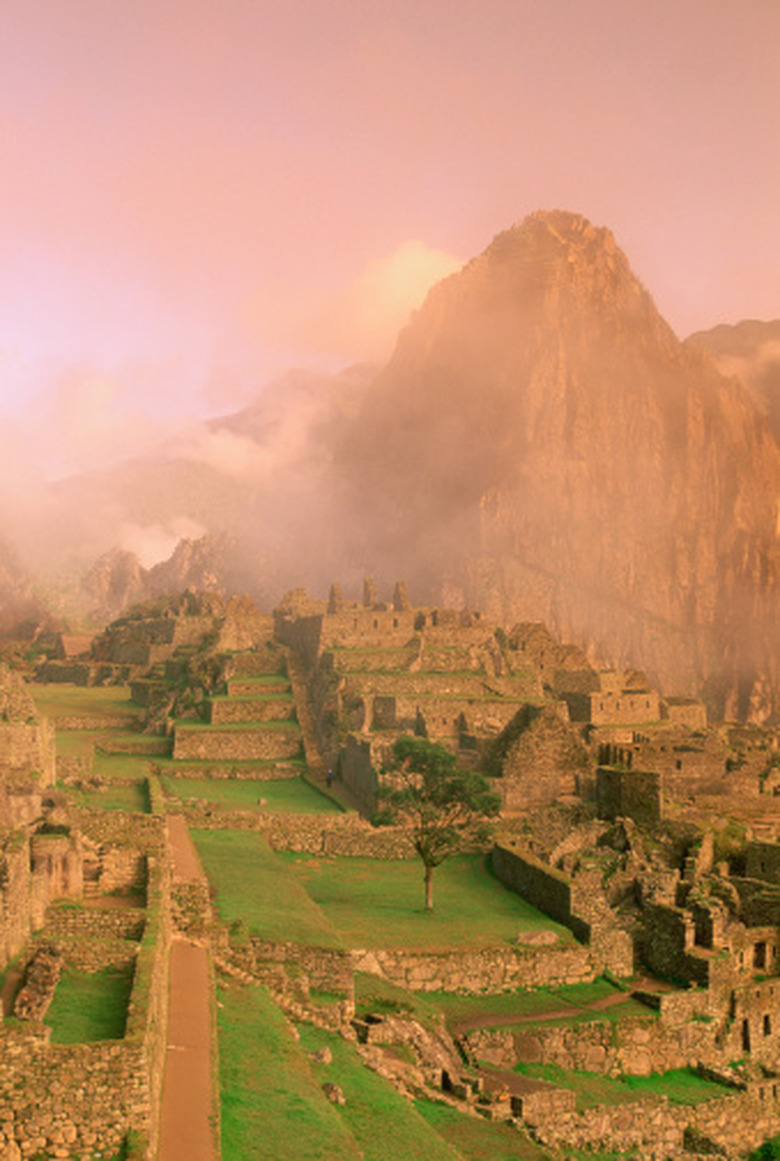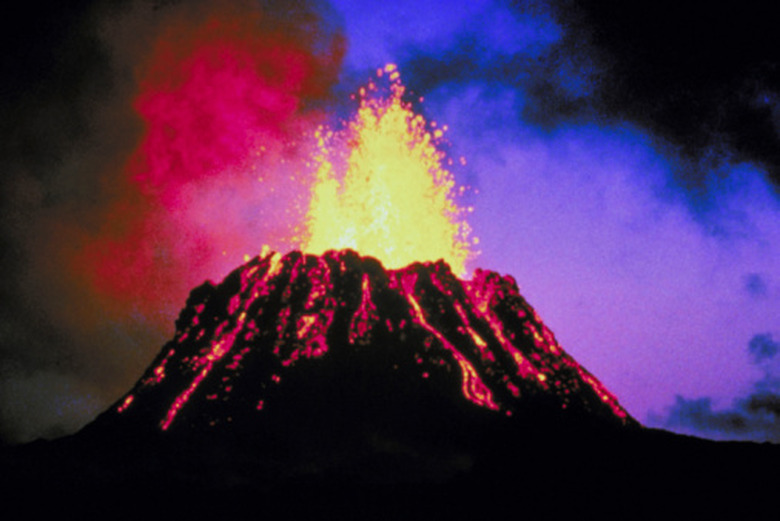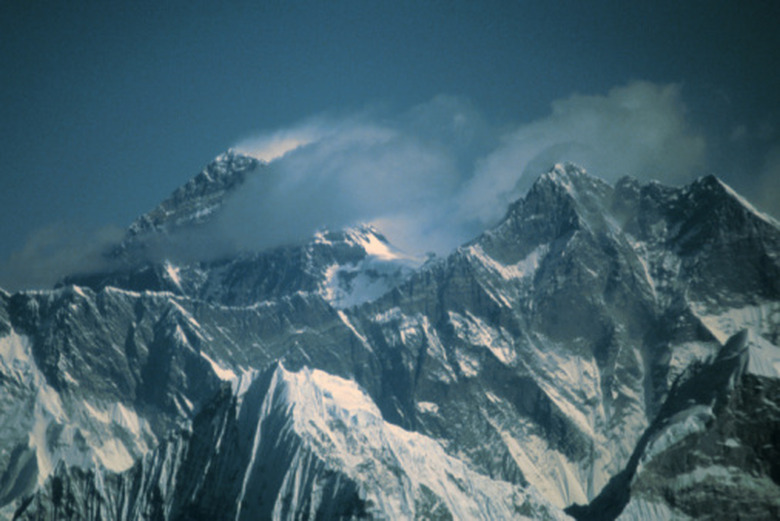What Are The Three Different Types Of Convergent Boundaries?
One type of tectonic plate boundary — a boundary separates the large plates composing Earth's surface — is the convergent boundary. Tectonic plates are in constant, although extremely slow, movement. Their movements cause land to separate, islands to form, mountains to rise, water to cover land and earthquakes to occur. Convergent boundaries are classified according to what occurs when two plates intersect.
Tectonic Plate Boundaries
Tectonic Plate Boundaries
As the plates of the earth move, three types of tectonic plate boundaries occur. Divergent boundaries occur when two plates move in opposite directions, such as the pulling apart of North and South America from Europe and Africa, which, according to the U.S. Geological Survey, happens at a rate of 25 km every million years. Transform fault boundaries occur when two plates are sliding past each other, as with the San Andreas fault in California. This type of boundary produces earthquakes. The third type of plate boundary is the convergent boundary, which forms when two plates meet head on.
Oceanic-Continental Convergence
Oceanic-Continental Convergence
This convergence boundary is the result of two plates colliding. The oceanic plate gives way to the continental plate. The result is a submerged oceanic plate that sinks slowly, ultimately some of it breaking into small pieces. The small pieces later rise suddenly to the top and cause earthquakes. The continental plate, having risen over the oceanic plate, pushes up to form mountain ranges such as the Andes in South America and the Cascades in North America. According to the U.S. Geological Survey, this convergence produces some of the earth's most powerful volcanoes.
Oceanic-Oceanic Convergence
Oceanic-Oceanic Convergence
When two oceanic plates converge, one is pushed under the other one. The result is the deep trenches seen in the oceans, particularly the Pacific Ocean. These trenches, like the Marianas Trench in the Pacific (which is deeper than the world's highest mountain is high), form undersea volcanoes. Lava and debris from the volcano pile up and accumulate until it rises above sea level to form an island volcano.
Continental-Continental Convergence
Continental-Continental Convergence
When two continental plates converge, neither can push the other beneath it. The result is a buckling effect at the point of collision. The earth is pushed up in both plates, but the most dramatic effect occurs in the middle. Over a long period of time, large mountains form, such as the Himalayas and Mount Everest, the world's highest mountain. The two plates pushing each other create mountain ranges and high plateaus.
Cite This Article
MLA
Alley, Robert. "What Are The Three Different Types Of Convergent Boundaries?" sciencing.com, https://www.sciencing.com/three-different-types-convergent-boundaries-8138583/. 24 April 2017.
APA
Alley, Robert. (2017, April 24). What Are The Three Different Types Of Convergent Boundaries?. sciencing.com. Retrieved from https://www.sciencing.com/three-different-types-convergent-boundaries-8138583/
Chicago
Alley, Robert. What Are The Three Different Types Of Convergent Boundaries? last modified March 24, 2022. https://www.sciencing.com/three-different-types-convergent-boundaries-8138583/
